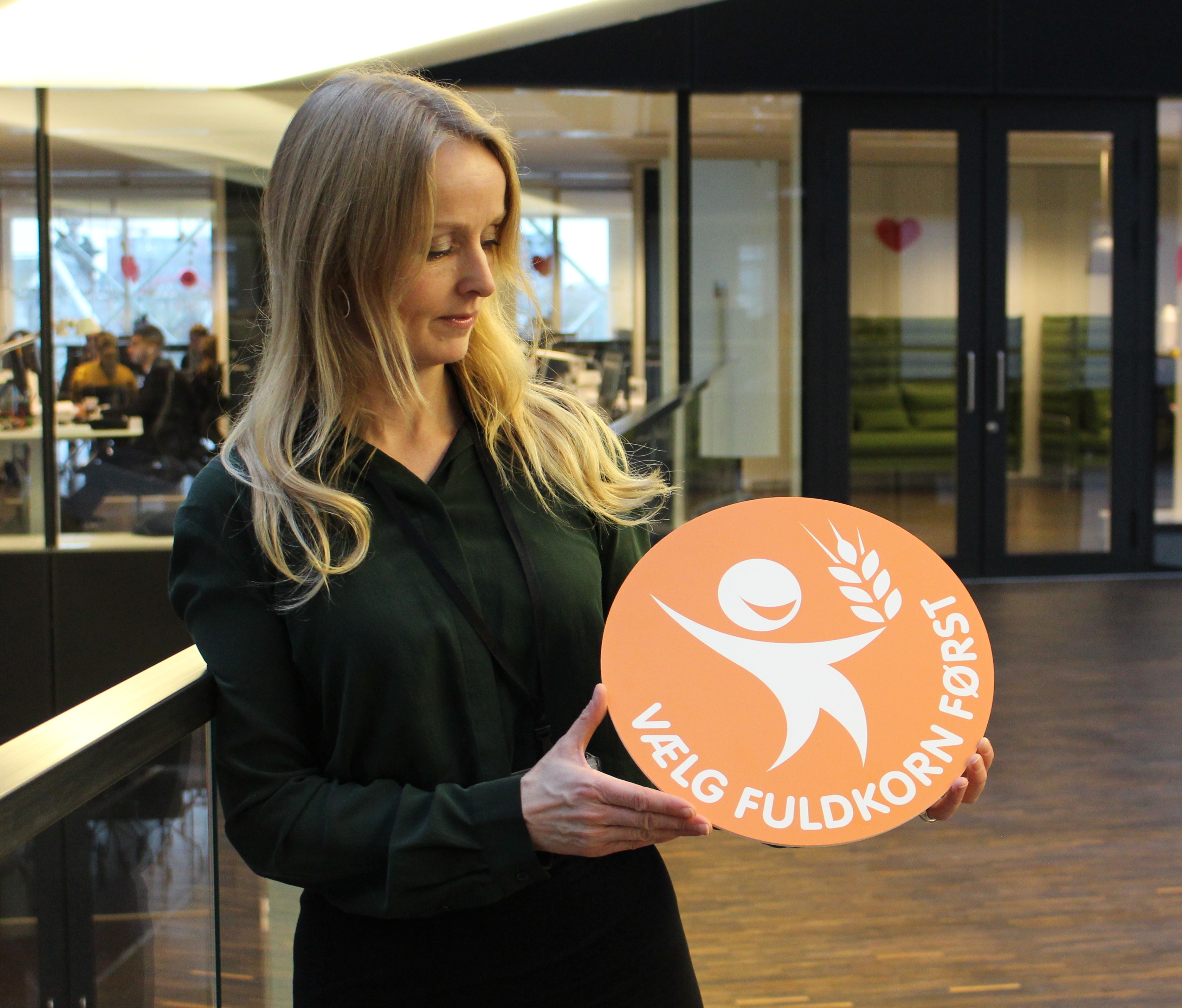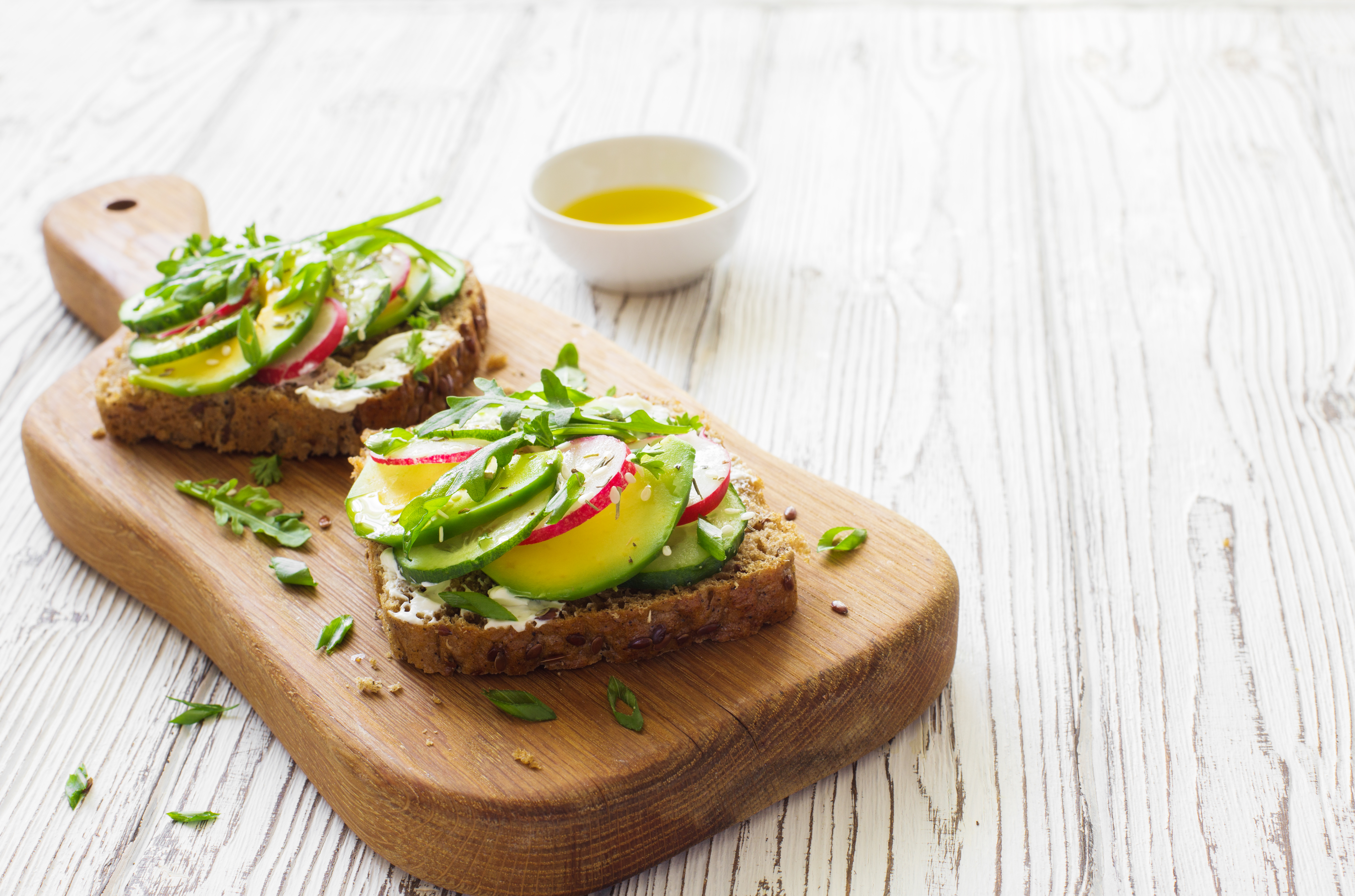Share This
Over the last 15 years, the average daily whole grain intake of Danes has increased from 36g to 82g. The educational efforts and promotional activities of the Danish Whole Grain Partnership are largely responsible for this wildly impressive leap in whole grain consumption. This month we caught up with Rikke Iben Neess, campaign leader for the Danish Whole Grain Partnership to learn more about the success they have had increasing whole grain intake among the Danish population.
Can you tell us a bit about the history of the Danish Whole Grain Partnership and about the type of work your organization does in promoting whole grains?
Neess: We began our work out of a growing concern about decreasing whole grain intake in the Danish population in 1990-2000. Some of our partners were concerned by the increasing popularity of fat-rich diets (e.g. Atkins) that seemed to be part of a general trend leading to a considerable decline in the intake of whole grain bread. At same time, millers, bread producers, and bakeries experienced a weakened demand for their products. Parallel to this development, health NGOs were becoming more and more aware of the increasing evidence of the health benefits of whole grain. It was on this foundation that the Danish Whole Grain Partnership was established. The aim of the Danish Whole Grain Partnership is to create target-oriented and effective activities to ensure Danes eat more whole grains and thereby improve public health. We work to increase the number of products carrying the orange whole grain logo, a packaging symbol used in Denmark to indicate healthy, whole grain products (seen in the picture above). When the logo is on a product it indicates the product has a high content of whole grains and a low content of fat, sugar, and salt. At the same time, we try to motivate producers to add a little bit of whole grains to a wide range of existing products.
You have had such amazing success increasing whole grain intake in Denmark. What do you think has been the most impactful part of the Danish Whole Grain Partnership’s campaign efforts?
Neess: When you work in a public-private partnership all partners contribute with their strength and competences and thanks to them, we have come a long way. Health NGOs, the Danish government, food producers, retailers and business federations all participate in the Danish Whole Grain Partnership. Also, I think the development of the whole grain logo has had a huge impact on whole grain intake in Denmark. It’s given consumers something to look for when buying products, and it also gives producers a competitive advantage and a motivation to develop and promote good tasting whole grain products with the orange whole grain logo.
What are the biggest challenges you’ve faced in increasing whole grain intake?
Neess: Our biggest challenge has been to increase whole grain intake among the Danes who eat the very least whole grains. We try to reach them by inspiring food producers to add a little bit of whole grains to a wide range of products, so consumers get whole grain from the products they already eat.
You’ve done a lot of work to help other countries create successful whole grain partnerships, including publishing a toolkit to help groups get started and developing the WholEUgrain Summer School project happening this month. Can you tell us a little more about the aims of the Summer School program?
Neess: The WholEUgrain Summer School is an opportunity to learn how to establish and develop a national whole grain partnership, why and when is it a good idea, what the prerequisites are for a well-functioning partnership, and how to communicate health benefits of whole grains. The target audience is stakeholders – public and private – around the world. The Summer School consists of presentations, panel discussions, videos, and Q&A sessions. It is an EU granted project and we are very happy to be part of it.
Denmark has a rich culinary history with whole grains, particularly rye. Can you tell us about a few of your favorite Danish whole grain foods or recipes?
Neess: An open-faced sandwich with ryebread is absolutely a favorite whole grain food for me. I also eat oatmeal almost every morning or oats (the grains) with milk, berries and almonds or walnuts on top – it is also very delicious to add a little bit of cinnamon. Whole grain crisp bread is also a popular snack for me during the day. I think what I really like about all whole grains is that they are both tasty and delicious to eat.
One of the challenges for consumers in the US is that whole grain options in restaurants and food service settings are often limited. Have you had success in increasing whole grain availability outside the home in Denmark? If so, what are the kinds of things you’ve done to encourage this?
Neess: We see the same picture in Denmark. But we also see that more and more to-go (take away) restaurants offers a whole grain choice for consumers. It can be a sandwich where you can choose between white bread or whole grain bread or choose whole grain rice for sushi. For the last 10 years it has been possible to buy pizzas with whole grains from pizzerias. The Danish Food Administration (government) has established a new Partnership for Food focusing on making food in Denmark healthier. In this partnership restaurants, canteens, and to-go food suppliers are represented and with common goals hopefully we will see even more whole grains in the future when eating outside the home.
What are your goals for the Danish Whole Grain Partnership in the coming year?
Neess: Our goals are to communicate to consumers that grain products and whole grain products are among the most climate friendly foods you can eat. As mentioned earlier we are very focused on increasing whole grain intake among the group of Danes who eat the least. By motivating food producers to add a little bit of whole grains into existing products, consumers will increase their whole grain intake without changing their diet. Finally, we continue to increase knowledge about the orange whole grain logo among Danes through an active presence on social media and through various campaigns.
What advice can you offer to those who are just starting off on their journey toward eating more whole grain?
Neess: I think it is a good idea to look at what you already like to eat and see if there are any dishes where you can easily replace or add in whole grains. With pasta, you could make half of it whole. When you bake at home try to replace maybe 10-15% of the flour with whole grains and after a period of doing that, try to increase to 25% or more. Sandwiches can also be very tasty with whole grain bread.
Thank you, Rikke Iben Neess! (Caroline)



Add a Comment